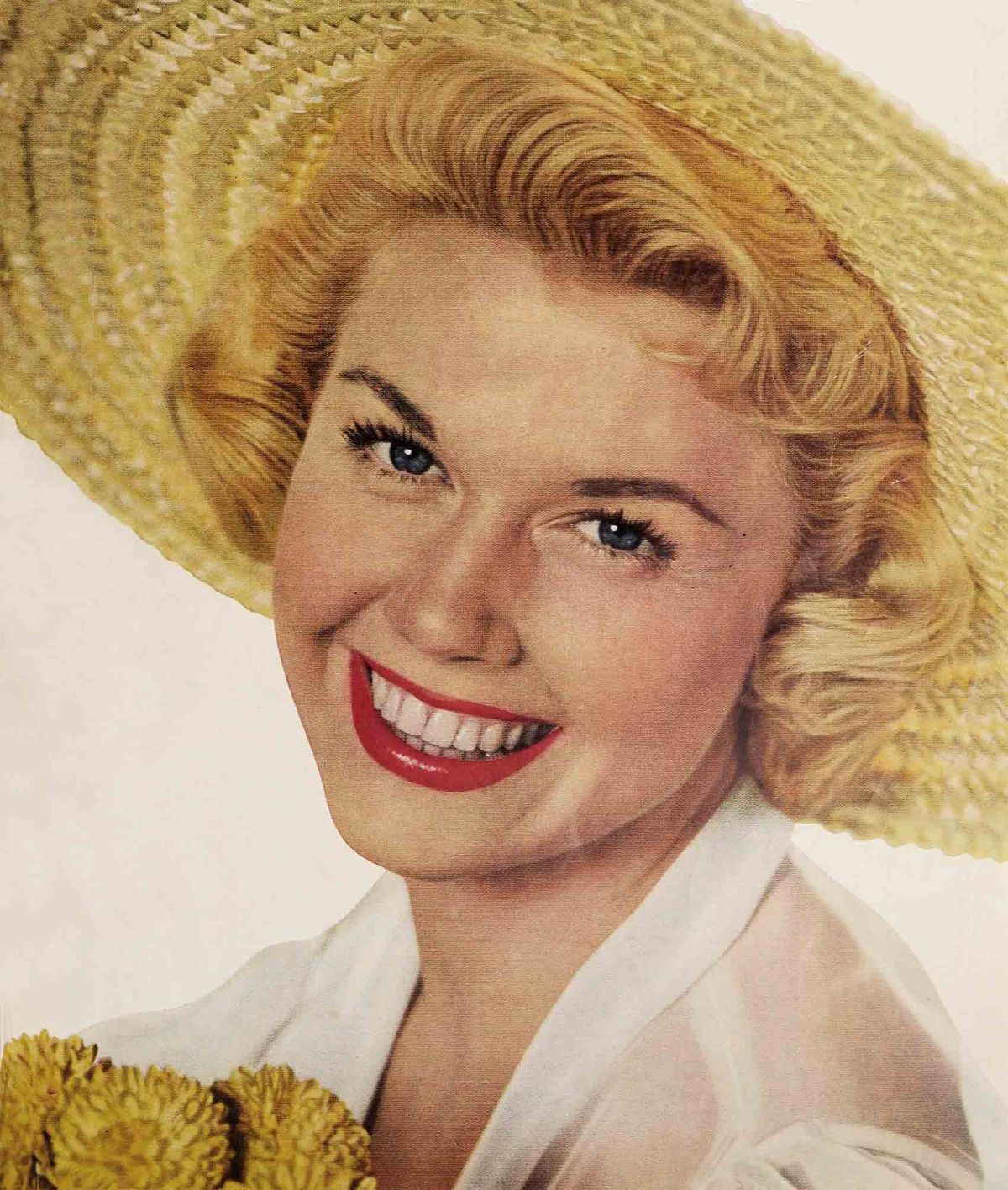Song Information
“Three Coins in the Fountain” is a timeless romantic ballad composed by Jule Styne with lyrics by Sammy Cahn. The song was originally written for the 1954 romantic film Three Coins in the Fountain, which tells the story of three American women searching for love in Rome. The most well-known and award-winning version of the song was performed by Frank Sinatra, which won the Academy Award for Best Original Song in 1955.
However, Doris Day recorded her own beloved version shortly after, releasing it in 1954 under Columbia Records. Her rendition brought a distinctly feminine touch to the song, filled with warmth and sincerity. While it didn’t appear in the original film, her version became popular on the radio and in jukeboxes, adding a dreamy softness to the already sentimental tune. Doris Day’s interpretation added a layer of hope and emotional clarity, fitting perfectly with her wholesome and optimistic public persona during the 1950s.
Song Meaning
The lyrics of “Three Coins in the Fountain” follow the tradition of romantic superstition, specifically the famous legend of Trevi Fountain in Rome, where visitors toss coins into the water and make a wish. According to folklore, throwing one coin means you will return to Rome, two coins lead to a new romance, and three coins lead to marriage.

In the song, three coins are tossed by three hopeful hearts, each praying for love. Doris Day sings with a gentle lilt, capturing the wistfulness and innocence of those wishes. There’s an air of vulnerability—three people, all strangers to each other, quietly pleading with fate to find true love. The melody is lush and cinematic, and the lyrics are simple yet profound, making listeners reflect on their own dreams and missed chances.
More than just a love song, “Three Coins in the Fountain” is about the universal longing for connection. The fountain becomes a silent witness to human hope—year after year, coin after coin, love after love. Doris Day’s voice gently wraps around this sentiment, making the track both dreamy and deeply relatable.
Explained: Why Do We Still Wish on Fountains?
The idea of tossing coins into a fountain is ancient, stemming from Roman and Celtic traditions where water sources were thought to be sacred. People believed water spirits could grant wishes, especially those related to health or love. Over time, this custom evolved into something symbolic—throwing a coin was not just a wish, but an act of hope and surrender.
In modern times, places like the Trevi Fountain in Rome have transformed this act into a near-ritual for travelers and romantics. Even those who don’t believe in magic partake in it, because wishing gives people a moment of clarity—a pause to acknowledge what they truly want.
When Doris Day sings about those three coins, she’s not just recounting a superstition. She’s giving voice to people’s silent prayers. The enduring appeal of the song lies in this relatable vulnerability. We all want something—love, belonging, a second chance—and tossing a coin is a small, symbolic gesture of faith. It’s a tradition not just rooted in myth, but in the deepest desires of the human heart.
Doris Day’s version immortalizes this moment of vulnerability and optimism—making “Three Coins in the Fountain” not just a song, but an emotional time capsule.
🎬 Watch the Song Video: